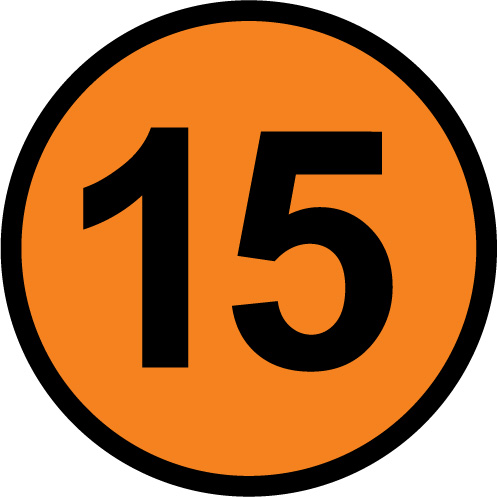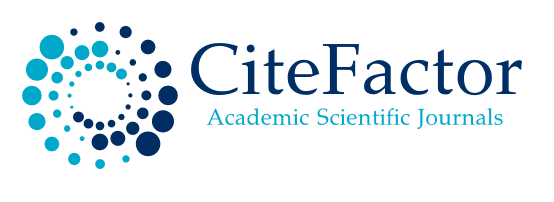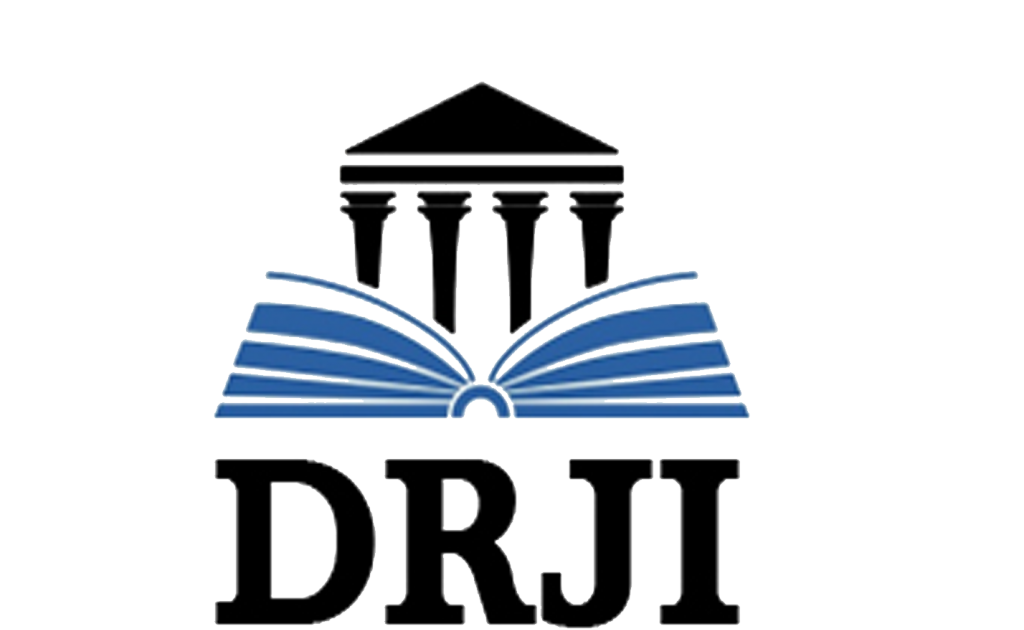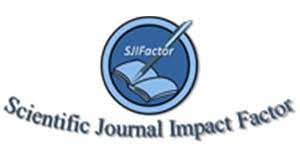Fukushima: The World’s Gravest Disaster in History: Molecular Mechanisms
DOI:
https://doi.org/10.53591/rug.v118i1.852Keywords:
Radiotherapy, Radioprotection, Imaging, DefibrillationAbstract
On March 11, 2011, the greatest disaster in human history started in Fukushima. Youtube and other independent internet media maintain us informed on the increasing threat of Fukushima. Since my arrival in Ecuador on November 2012, I have been a taxi customer in Guayaquil: The Pearl of The Pacific, Ecuador’s biggest city. My work visa describes me as Investigator. Therefore, I have been faithful to this description. I arrive to the end of 2013 without finding a cab driver that knows the word Fukushima. Since my university studies (School of Physics, University of Havana) I have been interested in Nuclear Physics, Nuclear Reactors, etc. In 1972 I finished my studies and went to work for the Ministry of Public Health (Havana). Since 1972 I keep up with advances in Medical Physics (Radiotherapy, Radioprotection, Imaging, Defibrillation, Lasers, etc). Also in 1972 I started training as Biophysicist and Physiologist. In 1977 I defended my Doctoral thesis. In 1989 I started studying Cell and Molecular Biology. I have published in prestigious international journals such as: Science, Biophysical Journal, Physiological Reviews, etc. Here I emphasize our social and moral obligation of keeping updated and informing the public on Fukushima and how it impacts Ecuador.
References
Alsbeih G, El-Sebaie M, Al-Harbi N, Al-Hadyan K, Shoukri M, Al-Rajhi N. 2013. SNPs in genes implicated in radiation response are associated with radiotoxicity and evoke roles as predictive and prognostic biomarkers. Radiat. Oncol. 8: 125.
Anderson PD, Bokor G. (2013). Nuclear and radiological terrorism: continuing education article. J. Pharm. Pract. 26(3):171-82.
Azzam EI, Jay-Gerin JP, Pain D. (2012). Ionizing radiation-induced metabolic oxidative stress and prolonged cell injury. Cancer Lett. 327(1-2): 48-60.
Bentzen SM, Overgaard M. (1991). Relationship between early and late normal-tissue injury after postmastectomy radiotherapy. Radiother. Oncol. 20(3): 159-165.
Burdak-Rothkamm S, Prise KM. (2009). New molecular targets in radiotherapy: DNA damage signalling and repair in targeted and non-targeted cells. Eur. J. Pharmacol. 625(1-3): 151-155.
Bustamante JO. (2005). Research methodologies for the investigation of cell nucleus. En: Nuclear Import and Export In Plants and Animals. Editores: Tzfira T & Citovsky V. Kluwer Academic/PlenumPublishers, New York, pp. 206-224.
Bustamante JO. (2006). Current concepts in nuclear pore electrophysiology. Can. J. Physiol. Pharmacol. 84(3-4): 347-365.
Bustamante Pérez JO. (2013). Canal José Pérez de YouTube. Canal creado por el autor de este artículo para albergar videos y artículos relevantes a este trabajo (dado el número rápidamente creciente de referencias bibliográficas). Ver Listas de Reproducción en la sección del canal denominada Acerca de (i.e., que contiene la descripción del canal). Consultado el 17 de noviembre de 2013 en: http://www.youtube.com/channel/UCxK7ttV_kq6BwXK8QFZr-8A
Byrd PJ, Srinivasan V, Last JI, Smith A, Biggs P, Carney EF, Exley A, Abson C, Stewart GS, Izatt L, Taylor AM. (2012). Severe reaction to radiotherapy for breast cancer as the presenting feature of ataxia telangiectasia. Br. J. Cancer 106(2): 262-268.
Carney JP, Maser RS, Olivares H, Davis EM, Le Beau M, Yates JR3rd, Hays L, Morgan WF, Petrini JH. (1998). The hMre11/hRad50 protein complex and Nijmegen breakage syndrome: linkage of double-strand break repair to the cellular DNA damage response. Cell 93(3): 477-486.
Cesaretti JA, Stock RG, Lehrer S, Atencio DA, Bernstein JL, Stone NN, Wallenstein S, Green S, Loeb K, Kollmeier M, Smith M, Rosenstein BS. (2005). ATM sequence variants are predictive of adverse radiotherapy response among patients treated for prostate cancer. Int. J. Radiat. Oncol. Biol. Phys. 61(1): 196-202.
Chen L, Gilkes DM, Pan Y, Lane WS, Chen J. (2005). ATM and Chk2-dependent phosphorylation of MDMX contribute to p53 activation after DNA damage. EMBO J. 24(19): 3411-3422.
Chua ML, Rothkamm K. (2013). Biomarkers of radiation exposure: can they predict normal tissue radiosensitivity? Clin. Oncol. (R. Coll. Radiol.) 25(10): 610-616.
Difilippantonio S, Nussenzweig A. (2007). The NBS1-ATM connection revisited. Cell Cycle 6(19): 2366-2370.
Falck J, Coates J, Jackson SP. (2005). Conserved modes of recruitment of ATM, ATR and DNA-PKcs to sites of DNA damage. Nature 434(7033): 605-611.
Falck J, Mailand N, Syljuasen RG, Bartek J, Lukas J. (2001). The ATM-Chk2-Cdc25A checkpoint pathway guards against radioresistant DNA synthesis. Nature 410(6830): 842-847.
Fang Z, Kozlov S, McKay MJ, Woods R, Birrell G, Sprung CN, Murrell DF, Wangoo K, Teng L, Kearsley JH, Lavin MF, Graham PH, Clarke RA. (2010). Low levels of ATM in breast cancer patients with clinical radiosensitivity. Genome Integr. 1(1): 9. doi: 10.1186/2041-9414-1-9.
Fernet M, Hall J. (2004). Genetic biomarkers of therapeutic radiation sensitivity. DNA Repair (Amst) 3(8-9):1237-1243.
Girard P-M, Foray N, Stumm M, Waugh A, Riballo E, Maser RS, Phillips WP, Petrini J, Arlett CF, Jeggo PA. (2000). Radiosensitivity in Nijmegen breakage syndrome cells is attributable to a repair defect and not cell cycle checkpoint defects. Cancer Res. 60(17): 4881-4888.
Goldberg M, Stucki M, Falck J, D’Amours D, Rahman D, Pappin D, Bartek J, Jackson SP. (2003). MDC1 is required for the intra-S-phase DNA damage checkpoint. Nature 421(6926): 952-956.
Goodarzi AA, Jonnalagadda JC, Douglas P, Young D, Ye R, Moorhead GB, Lees-Miller SP, Khanna KK. (2004). Autophosphorylation of ataxia-telangiectasia mutated is regulated by protein phosphatase 2A. EMBO J. 23(22): 4451-4461.
Gueven N, Fukao T, Luff J, Paterson C, Kay G, Kondo N, Lavin MF. (2006). Regulation of the Atm promoter in vivo. Genes Chromosomes Cancer 45(1):61-71.
Haber AH, Rothstein BE. (1969). Radiosensitivity and rate of cell division: “law of Bergonie and Tribondeau”. Science 163(3873): 1338-1339.
Helt CE, Cliby WA, Keng PC, Bambara RA, O’Reilly MA. (2005). Ataxia telangiectasia mutated (ATM) and ATM and Rad3-related protein exhibit selective target specificities in response to different forms of DNA damage. J. Biol. Chem. 280(2): 1186-1192.
Jeggo PA, Löbrich M. (2005). Artemis links ATM to double strand break rejoining. Cell Cycle 4(3): 359-362.
Kaliberov SA, Buchsbaum DJ. (2012). Chapter 7: Cancer treatment with gene therapy and radiation therapy. Adv. Cancer Res. 115: 221-263.
Kang J, Ferguson D, Song H, Bassing C, Eckersdorff M, Alt FW, Xu Y. (2005). Functional interaction of H2AX, NBS1, and p53 in ATM-dependent DNA damage responses and tumor suppression. Mol. Cell. Biol. 25(2): 661-670.
Kastan MB, Zhan O, El-Deiry WS, Carrier F, Jacks T, Walsh WV, Plunkett BS, Vogelstein B, Fornace AJ.
(1992). A mammalian cell cycle checkpoint pathway utilizing p53 and GADD45 is defective in ataxia-telangiectasia. Cell 71(4): 587-597.
Krenzlin H, Demuth I, Salewsky B, Wessendorf P, Weidele K, Bürkle A, Digweed M. (2012). DNA damage in Nijmegen Breakage Syndrome cells leads to PARP hyperactivation and increased oxidative stress. PLoS Genet. 8(3): e1002557.
Lavin MF, Khanna KK. (1999). ATM: the protein encoded by the gene mutated in the radiosensitive syndrome ataxia-telangiectasia. Int J Radiat Biol. 75(10): 1201-1214.
Le PN, Maranon DG, Altina NH, Battaglia CL, Bailey SM. (2013). TERRA, hnRNP A1, and DNA-PKcs
Interactions at Human Telomeres. Front Oncol. 3: 91. doi: 10.3389/fonc.2013.00091.
Liang N, Jia L, Liu Y, Liang B, Kong D, Yan M, Ma S, Liu X. 2013. ATM pathway is essential for ionizing radiation-induced autophagy. Cell Signal 25(12):2530-2539.
Lisby M, Barlow JH, Burgess RC, Rothstein R. (2004). Choreography of the DNA damage response: spatiotemporal relationships among checkpoint and repair proteins. Cell 118(6): 699-713.
Published
How to Cite
Issue
Section
License

This work is licensed under a Creative Commons Attribution-NonCommercial-NoDerivatives 4.0 International License.

This work is licensed under a Creative Commons Attribution-NonCommercial-NoDerivatives 4.0. International License.
You are free to:
- Share — copy and redistribute the material in any medium or format
- The licensor cannot revoke these freedoms as long as you follow the license terms.
Under the following terms:
- Attribution — You must give appropriate credit , provide a link to the license, and indicate if changes were made . You may do so in any reasonable manner, but not in any way that suggests the licensor endorses you or your use.
- NonCommercial — You may not use the material for commercial purposes .
- NoDerivatives — If you remix, transform, or build upon the material, you may not distribute the modified material.
- No additional restrictions — You may not apply legal terms or technological measures that legally restrict others from doing anything the license permits.































